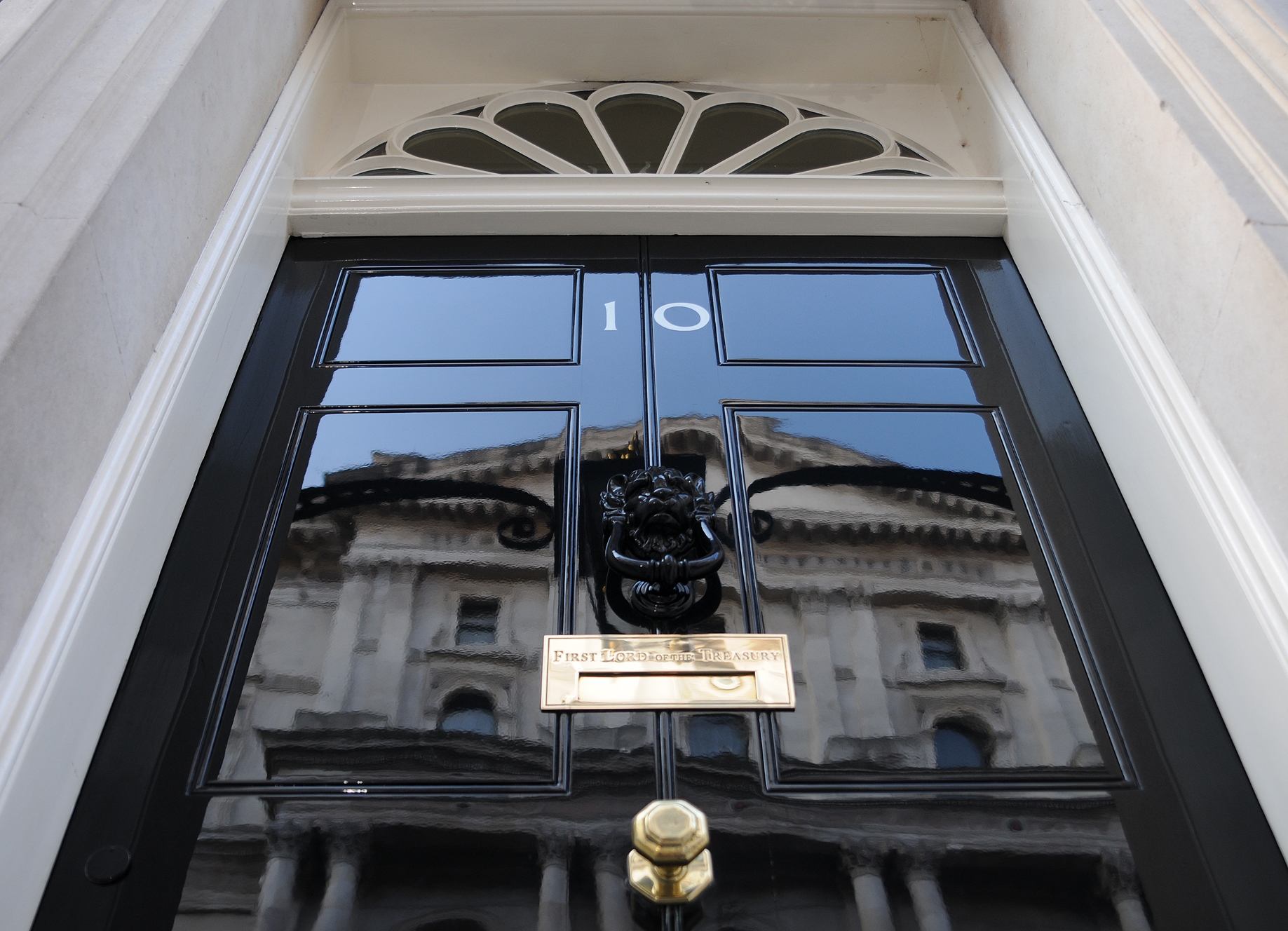This piece was originally published by the Frontier Centre for Public Policy. You can find it here.
Britain is going to the polls on December 12th for its third general election in four years. After a long struggle in Parliament for Prime Minister Boris Johnson to get MPs to support a motion for a general election, the British public is being given an opportunity to end the political deadlock and give somebody – anybody – a working majority in Parliament so a final decision on Brexit can be made.
Since the voting public made the decision to leave the European Union in 2016, Parliament has stopped at nothing to frustrate the process, confuse the voters, and ultimately put a stop to Brexit. Former Prime Minister Theresa May attempted to increase her majority and make it easier to pass a deal in the 2017 General Election but failed. This time, Johnson needs to win at least 38 extra seats to secure a voting majority in the Commons and pass his “oven-ready” Brexit deal.
Right now, the polls suggest that the Prime Minister is on track to win the majority he needs, and comfortably so. An MRP poll for The Times gives Labour 211 seats, with a loss of 50 MPs. The Tories, according to the poll, will take 359 seats, giving the Prime Minister a 68-seat majority.
Polls have been wrong before, though, and they could be wrong again. In the 2017 General Election, Theresa May was expected to lead Labour leader Jeremy Corbyn by at least eight points, with one BMG poll suggesting a 13-point lead and others predicting a landslide election victory. That isn’t what happened. May lost her majority and her Brexit deal never passed.
We can’t say for certain that Boris has this in the bag, but I think there’s one possibility we can rule out; a majority Labour government.
Not one poll shows Jeremy Corbyn with enough support to win a majority. However, if the polls are even slightly wrong, there are two other possibilities. If Boris Johnson can’t win a majority outright, he may find himself leading another minority government. If Johnson can’t win enough to support even a minority government, Jeremy Corbyn might just be desperate enough to become Prime Minister and derail Brexit that he would do a deal with the devil on the other side of Hadrian’s Wall.
Let’s analyse these three futures.
- Boris Wins a Majority
The Prime Minister has said on multiple occasions during the election campaign that his renegotiated withdrawal agreement has the support of both the European Union, and his party.
Every single one of his 635 candidates support his deal and have pledged to vote to pass it. That means the British people, after three and a half years, are given a form of Brexit, despite complaints from the Brexit Party that it isn’t the Brexit people voted for.
2. Boris Forms a Minority Government
The second most likely outcome, I would argue, is that Boris wins a plurality of the seats in Parliament but not enough to form a government. While less terrifying than Jeremy Corbyn being given the keys to No. 10, this outcome is the least decisive one and would result in years of political uncertainty. It would mean that Boris is unable to pass his withdrawal agreement in Parliament. Even if he went back to the European Union for further concessions to appease Labour and Liberal Democrat Remainers enough to get them to vote for it, it’s unlikely that the European Union would be willing to offer those concessions in the first place.
The most likely result of a minority Conservative government is a second referendum. Political deadlock would continue and Parliament would have no majority for any Brexit option other than another referendum. How that second referendum would pan out is another story entirely. Brexiteers might well support a referendum that allows the people to choose between Boris’s deal and a No Deal exit, but Remainers in Parliament would never let that happen.
Years more uncertainty would probably have a negative impact on the economy, too. Despite the Brexit deadline being extended twice and businesses left not knowing what to expect in the near future, the European Commission expects the UK economy to grow 1.3 percent this year. That’s down just 0.01 percent over last year, and in line with the average growth rate of the G7 economies.
We’ve been lucky so far, but who knows if we can take years more. Businesses need to know whether we’re leaving the EU, or not.
3. Corbyn Scrapes Together a Coalition
Corbyn started this election with no chance of winning a majority, and with his recent promise of borrowing more than £400 B ($689B CAD) and a series of disastrous interviews, his chances are even slimmer. But, that doesn’t mean he couldn’t scrape enough seats to form a coalition government with the Scottish separatists north of the border.
An Ipsos Mori poll suggests that the Conservatives could lose seven of their Scottish seats and the SNP gain 13, giving them 48 seats to prop up a Corbyn government. If the Liberal Democrats, who support the revocation of Article 50 and cancelling of Brexit, were desperate enough to stop Boris, they could realistically get in on the action too. Even if Lib Dem leader Jo Swinson has said she wouldn’t support Corbyn as Prime Minister.
In this scenario, the Labour Party would attempt to negotiate a new deal with the European Union and put the deal to the public in a second Brexit referendum within six months. In return for supporting the plan, the Scottish nationalists would likely be granted a second referendum on their independence from the United Kingdom. With most Scots having voted to stay in the EU, who knows whether the Scottish Unionists would win this time?
I am quietly confident that we don’t need to worry about scenario two or three, but then again, I was quietly confident that Theresa May was telling the truth when she said “no deal is better than a bad deal.”
Time will tell if the result of the 2016 Brexit referendum will finally be honoured.



